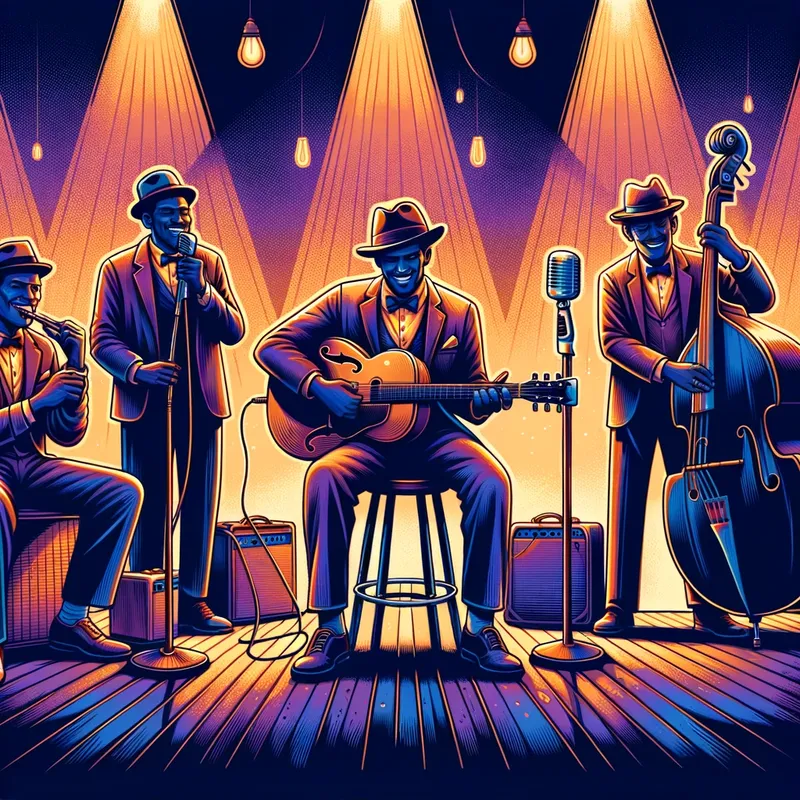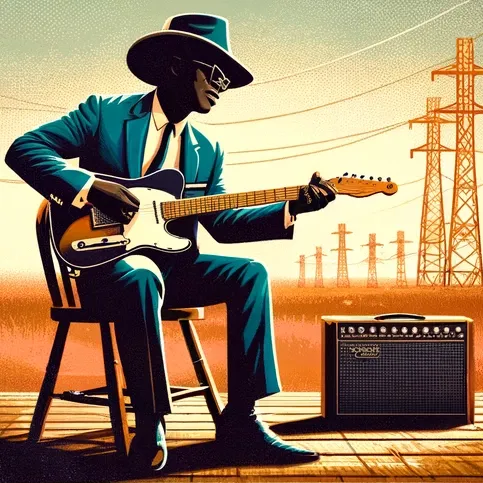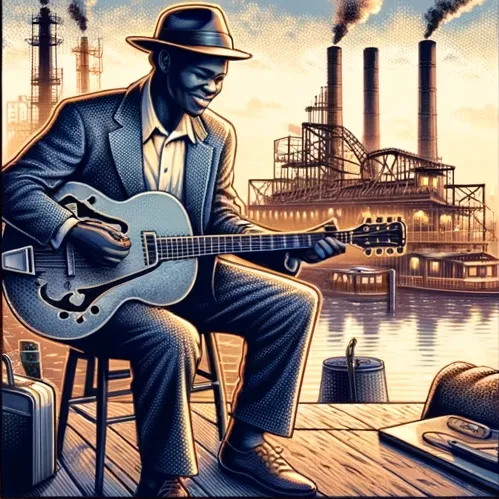Juke Joint Blues

Table of Contents
Origins and Characteristics
Picture this: a ramshackle joint, hidden away in the rural South, where folks gather after a hard week’s work to let loose. These places were (and still are) more than bars or clubs; they’re community hubs.
And the blues that sounded in such places? It’s raw and heartfelt. That’s the essence of a Juke Joint Blues.
Imagine the Delta Blues mixed with everything from jazz to rock ‘n’ roll. That’s Juke Joint Blues – unfiltered, uncensored, and real. No glitz or glam, just a guitar, a harmonica, and a voice tellin’ tales of love, loss, and livin’ on a prayer.
Legends
Names like Muddy Waters and Howlin’ Wolf might ring a bell. But let’s not forget the local legends. Every juke joint had its star, and every star had a story.
Instruments
Sure, guitars and harmonicas are the backbone, but you’ll often hear a makeshift drum set, maybe even a washboard or spoons. The point is to make music, not to have the fanciest gear.
Where To Experience It: Don’t Just Sit There, Get Movin’!
If you’re lookin’ for authentic juke joint blues experiences, check out spots like Red’s Lounge in Clarksdale, Mississippi, or the New Roxy in the same town.
FAQ
What Is Juke Joint Blues?
Juke Joint Blues is a subgenre of blues music that was born in the juke joints of the rural American South. These small, informal venues served as community gathering spots where folks could dance, drink, and listen to live music. The blues here is raw, emotional, and unfiltered.
Are There Still Juke Joints Around Today?
Places like Red’s Lounge in Clarksdale, Mississippi, keep the spirit alive. They offer an authentic experience that will transport you back in time.
Got Any Juke Joint Blues Song Recommendations?
For a start, you can’t go wrong with Howlin’ Wolf’s “Smokestack Lightnin'” or Muddy Waters’ “Mannish Boy.” These classics will give you a taste of that raw juke joint sound.


